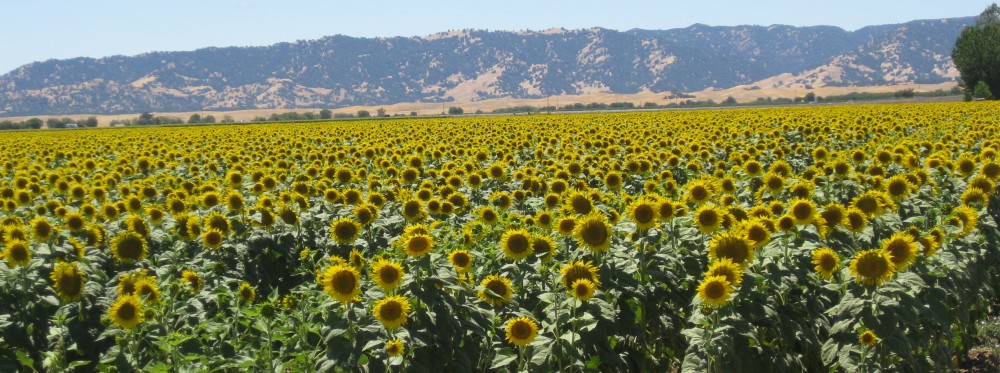CONSERVATION
Pollination is required for 70% of agricultural crops. However, pollination services have been substantially degraded due to agricultural intensification, including habitat loss, landscape simplification and pesticide use. As a result, there are increasing calls for on-farm management actions that can enhance agroecological resilience by restoring ecosystem services that support and regulate crop production. Re-diversification of agricultural areas at both field and landscape scales has been proposed as a means of bolstering key ecosystem services.
Pollination is a critical component of the crop production cycle, directly contributing to reproductive success for pollinator-dependent crops. Sufficient pollination enhances seed quantity and quality, which directly correlates to profits. Bees are the most important crop pollinators, providing an estimated $200 billion in pollination services worldwide. Drastic declines in honey bee (Apis mellifera) populations due to Colony Collapse disorder and other factors have demonstrated the risk of relying on a single pollinator. Many native bee species are capable of providing pollination services, and could act as insurance against fluctuations in honey bee supply. However, native bees have also declined in some regions of North America due to agricultural intensification, underscoring the necessity to assess on-farm pollinator conservation strategies.
Hedgerows, linear strips of native plants, have been proposed as a key means of bolstering pollination services in intensified agricultural areas, such as California’s Central Valley. The Pollinator Habitat Protection Act (2008) specified that governmental agencies, such as the National Resource Conservation Service, must prioritize funding for pollinator protection on farmland. Therefore, my research evaluates the efficacy of hedgerow restoration in promoting native bee conservation.

Contribution of Hedgerows to Crop Pollination Using hybrid sunflower, which is an obligate out-crosser, as a model crop, I examine whether of native bees enhance seed set. Specifically, I compare pollen deficit at sites with and without hedgerow restorations. I am interested in the distribution and evenness of pollination services throughout agricultural fields, particularly, whether pollination is increased in proximity to hedgerows. I plan to use seed set data in conjunction with information on the costs of hedgerow implementation and honey bee hive rental to generate a cost-benefit analysis of hedgerow restoration, which will be provided to growers
Nesting Nesting resources have emerged as the most salient, yet difficult to measure, predictor of native bee diversity. Native bees are predominantly solitary ground-nesters, requiring direct access to open soil. Disturbances, such as irrigation and tillage, in intensively farmed areas can inhibit nest availability. In addition, native bees are central-place foragers, typically foraging within a 300-1000 m radius from their nest site, depending on body size. Thus, the proximity of nesting habitat to crops could affect the distribution and evenness of pollination services within agricultural fields. Availability of nesting resources is essential for the success of on-farm habitat enhancement projects targeting native bee conservation. I utilize emergence traps (Bug Dorm) to survey ground-nesting bees in hedgerow restorations, as well as answer other questions related to basic bee biology, such as, are nests aggregated and do bees display preferences for certain soil characteristics?
Landscape
The composition of landscape surrounding croplands significantly affects the native bee community within fields. Crops are constantly rotated throughout the landscape, creating a shifting mosaic that pollinators need to adapt to. Using GIS analysis I explore how the proportions of mass flowering crops, including sunflower, affect native bee diversity in fields and hedgerows.
Support
My research is supported by the National Institute for Food and Agriculture, Western Sustainable Agriculture Research and Education program, and the National Science Foundation.

